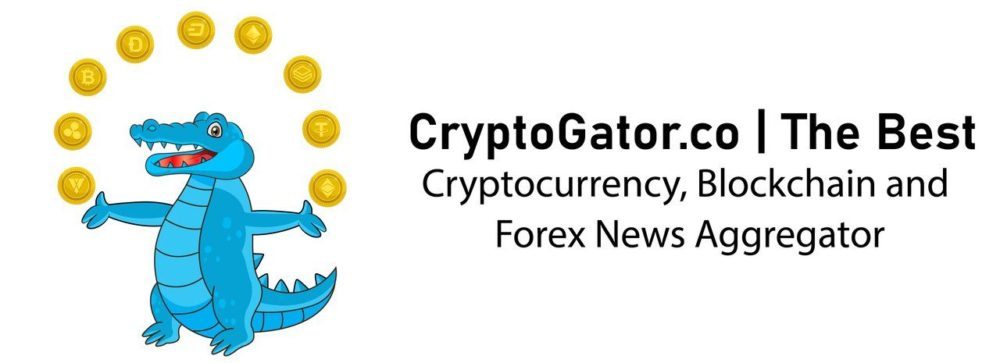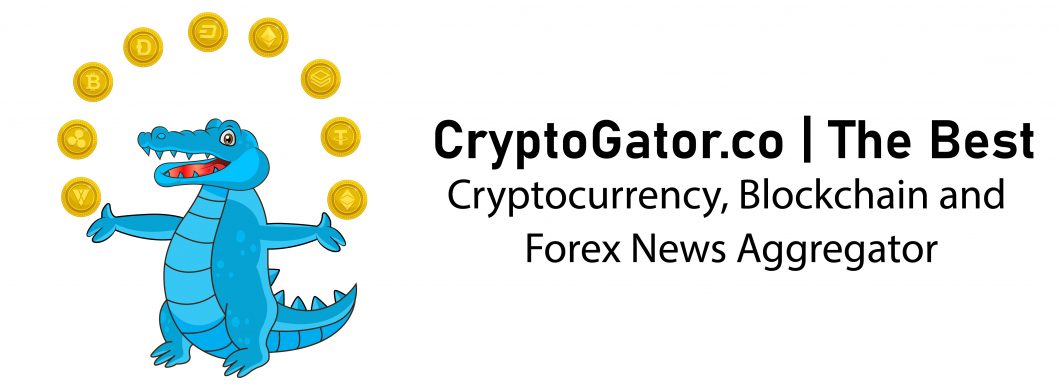<p>The United States witnessed the largest bank collapse last weekend since the 2008 financial crisis. Silicon Vally Bank (SVB) has gone under the Federal Deposit Insurance Corporation (<a href=”https://www.financemagnates.com/cryptocurrency/news/us-regulators-warn-voyager-for-making-false-claims-of-fidc-protection/” target=”_blank” rel=”follow”>FIDC</a>) receivership, as the lender could not sustain its operations.
</p><p>Circle’s $3.3 Billion Exposure to SVB
</p><p>
The fallout has massive implications for the tech industry, as the bank strictly focused on that sector. <a href=”https://www.financemagnates.com/cryptocurrency/news/circle-to-launch-euro-pegged-stablecoin/” target=”_blank” rel=”follow”>Stablecoin issuer</a> Circle held $3.3 billion or 8 percent of the funds backing the USDC at Silicon Valley Bank. The FIDC only insures deposits up to $250,000, meaning Circle’s stablecoin peg is in jeopardy.
</p><p>
However, Circle and other depositors of SVB will have access to their funds on Monday to continue operations without any hiccups, Treasury Secretary Janet Yellen, Federal Reserve Chair Jerome Powell, and FIDC Chairman Martin Gruenberg said in a <a href=”https://www.federalreserve.gov/newsevents/pressreleases/monetary20230312a.htm” target=”_blank” rel=”nofollow”>joint statement</a> on Sunday.</p><p>“After receiving a recommendation from the boards of the FDIC and the Federal Reserve, and consulting with the President, Secretary Yellen approved actions enabling the FDIC to complete its resolution of Silicon Valley Bank, Santa Clara, California, in a manner that fully protects all depositors, both insured and uninsured,” the regulatory statement added.</p><blockquote class=”twitter-tweet”><p lang=”en” dir=”ltr”>At my direction, <a href=”https://twitter.com/SecYellen?ref_src=twsrc%5Etfw”>@SecYellen</a> and my National Economic Council Director worked with banking regulators to address problems at Silicon Valley Bank and Signature Bank.I’m pleased they reached a solution that protects workers, small businesses, taxpayers, and our financial system. <a href=”https://t.co/CxcdvLVP6l”>https://t.co/CxcdvLVP6l</a></p>— President Biden (@POTUS) <a href=”https://twitter.com/POTUS/status/1635080376572956672?ref_src=twsrc%5Etfw”>March 13, 2023</a></blockquote><p>
In an official press release following the regulatory assurance, Circle announced automated USDC minting and redemption for customers through its new banking partner.
</p><p>
“We are heartened to see the US government and financial regulators take crucial steps to mitigate risks extending from the banking system. We’ve long advocated for full-reserve digital currency banking that insulates our base layer of internet money and payment systems from fractional reserve banking risk,” said the Co-Founder and CEO of Circle, Jeremy Allaire.</p><p>The USDC has a market cap of over $40 billion, meaning <a href=”https://www.financemagnates.com/fintech/news/circle-launches-new-account-for-business-growth/” target=”_blank” rel=”follow”>Circle holds $40 billion in cash</a> or other assets as pegged to the stablecoin. The company revealed that about 25 percent of its reserves are held in cash across six banks.
</p><p>
On Sunday, Signature Bank went under as the New York officials shuttered the lender “to protect depositors.” Circle confirmed that it does not hold any cash reserves with Signature Bank.</p><blockquote class=”twitter-tweet”><p lang=”en” dir=”ltr”>100% of USDC reserves are also safe and secure, and we will complete our transfer for remaining SVB cash to BNY Mellon. As previously shared, liquidity operations for USDC will resume at banking open tomorrow morning.</p>— Jeremy Allaire (@jerallaire) <a href=”https://twitter.com/jerallaire/status/1635059027666411522?ref_src=twsrc%5Etfw”>March 12, 2023</a></blockquote><p>What Happened at SVB?
</p><p>
Silicon Valley Bank, or SVB, was the 16th largest banking institution in the US. It was established in 1983 to serve the demand of the burgeoning tech industry in Silicon Valley. Its offerings included a range of products, including deposit services, loans, investment products, cash management, and commercial finance.
</p><p>
The bank directly benefited from the tech boom as its deposits tripled to $198 billion between the end of 2019 and the first quarter of 2022, including a small acquisition of Boston Private Financial Holdings. On the contrary, the overall US banking industry deposits went up only by 37 percent during that period.
</p><p>
With this deposit influx, the bank bought 5-year bonds and 10-year mortgage-backed securities with a fixed return of about 1.5 percent.
</p><p>
“Based on the current environment, we’d probably be putting money to work in the 1.65%, 1.75% range,” the CEO of SVB, Greg Becker, said at the beginning of 2022. “The vast majority of that…being agency mortgage-backed, mortgage collateral, things along those lines.”
</p><p>
At the time, these were suitable investments but turned bad with the interest rate hike. In addition, the bank failed to manage its risks. Its previous Chief Risk Officer left the role in April 2022 and was replaced in January 2023.
</p><p>
The customer base of SVB was close-knit, mostly tech companies. Some of these customers started to pull out their money from the bank, starting a feedback loop. Deposits in the bank went down from $198 billion at the end of March 2022 to $165 billion by the end of February 2023, which is a drop of 16 percent. In other words, it was a ‘bank run’ and caused the bank to fail.</p><blockquote class=”twitter-tweet”><p lang=”en” dir=”ltr”>BREAKING: Before the collapse of Silicon Valley Bank, executives sold a lot of their shares.Gregory Becker, CEO, sold 11% on Feb 27, 2023.Michael Zucker, General Counsel, 19% on Feb 5.Daniel Beck, CFO, sold 32% on Feb 27.Michelle Draper, CMO, sold 25% on Feb 1.Unusual. <a href=”https://t.co/SFMmpG5dhm”>pic.twitter.com/SFMmpG5dhm</a></p>— unusual_whales (@unusual_whales) <a href=”https://twitter.com/unusual_whales/status/1634555021487480834?ref_src=twsrc%5Etfw”>March 11, 2023</a></blockquote><p>
Apart from Circle, other large depositors in the ban were Roku with $487 million,<a href=”https://www.financemagnates.com/cryptocurrency/crypto-lender-blockfi-files-for-bankrupty-protection-in-the-us/” target=”_blank” rel=”follow”> bankrupt BlockFi</a> with $227 million, Roblox with $150 million, and many more. Meanwhile, several other crypto companies, including Binance, Tether, Paxos, and Gemini, confirmed that they do not have any exposure to the collapsed SVB.</p><blockquote class=”twitter-tweet”><p lang=”en” dir=”ltr”><a href=”https://twitter.com/hashtag/Binance?src=hash&ref_src=twsrc%5Etfw”>#Binance</a> does not have exposure to SVB. Funds are <a href=”https://twitter.com/hashtag/SAFU?src=hash&ref_src=twsrc%5Etfw”>#SAFU</a>.</p>— CZ 🔶 Binance (@cz_binance) <a href=”https://twitter.com/cz_binance/status/1634245776002916377?ref_src=twsrc%5Etfw”>March 10, 2023</a></blockquote><p>
The Biden administration’s step to save SVB’s depositors is justified. Otherwise, the tech industry would face a cash crunch in their operations, resulting in huge collapses and cost-cutting that could start massive layoffs.</p><p>
The joint regulatory press release highlighted that the government’s action for SVB will “reduce stress across the financial system, support financial stability and minimize any impact on businesses, households, taxpayers, and the broader economy.”</p>
This article was written by Arnab Shome at www.financemagnates.com.



